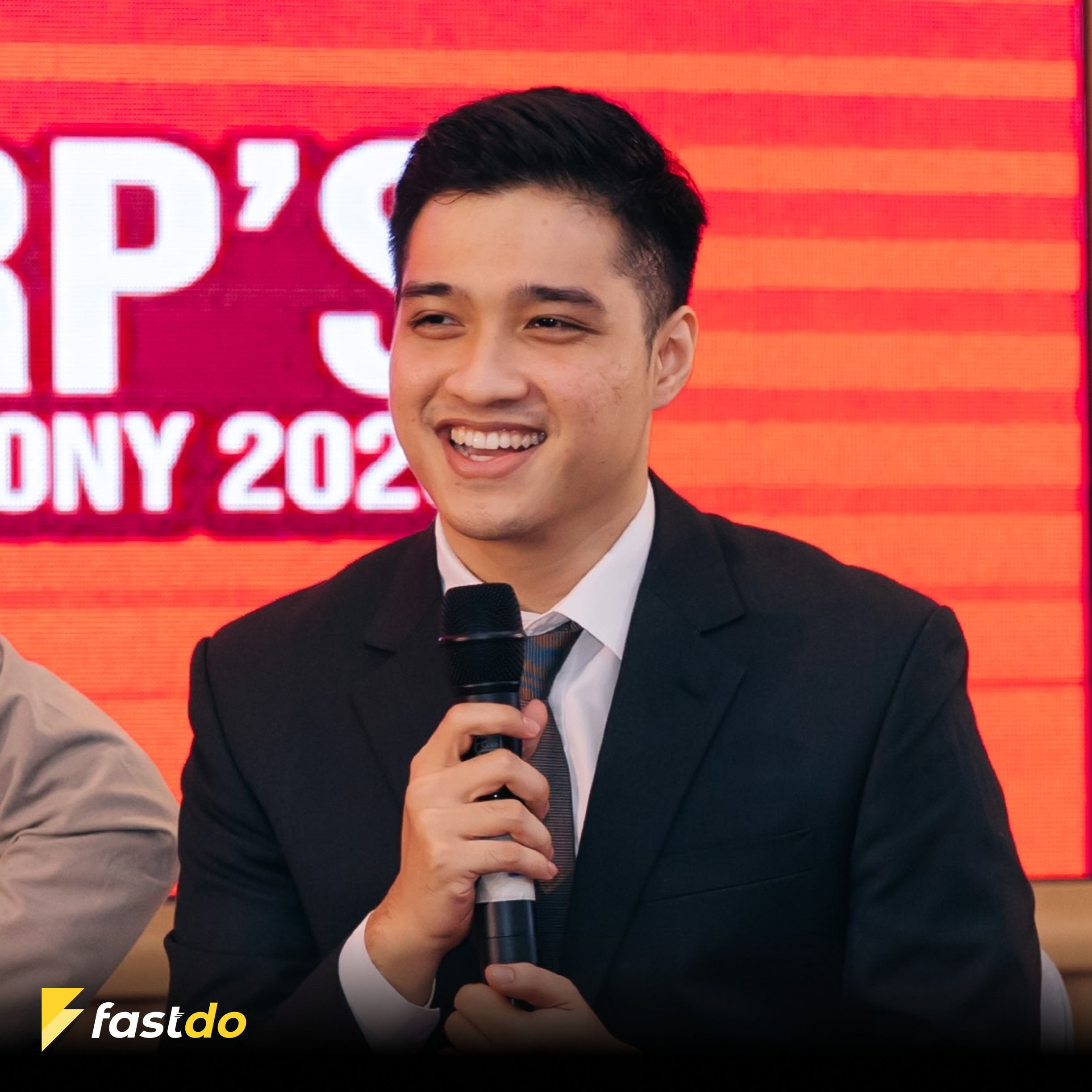In the rapidly evolving landscape of mobile applications, video content has become a cornerstone of user engagement. Whether it’s entertainment, education, or social interaction, the length of videos plays a pivotal role in capturing and maintaining user attention. As developers and content creators strive to optimize their offerings, understanding how video duration influences user behavior is essential.
This article explores the multifaceted relationship between video length and user engagement, backed by research, platform constraints, and practical examples. By examining these factors, you can make informed decisions that enhance your app’s performance and user satisfaction. For instance, many modern apps leverage insights from platforms like jokers dilemma free app to refine their video strategies, illustrating timeless principles in action.
Table of Contents
- Introduction: The Significance of Video Lengths in Mobile Apps
- Theoretical Foundations: How Video Length Affects Attention and Engagement
- Platform Constraints and Design Choices
- User Expectations and Consumption Patterns
- Case Study: Video Length Strategies in Popular Apps
- Balancing Video Length and Content Quality
- Non-Obvious Factors: Privacy, Monetization, and Tracking
- Future Trends in User Engagement
- Practical Recommendations for Developers and Creators
- Conclusion: Synthesizing Insights and Moving Forward
1. Introduction: Understanding the Significance of Video Lengths in Mobile Apps
Video content has become a dominant form of communication within mobile applications, influencing how users consume information, entertainment, and social interaction. The duration of these videos directly impacts user engagement metrics such as watch time, retention, and satisfaction. For example, a 15-second clip may be perfect for quick updates, while a 10-minute tutorial might better serve educational purposes.
Understanding the nuanced role of video length is essential for designing effective app experiences. Balancing content depth with user patience requires careful analysis, especially considering platform constraints and user preferences. This article aims to shed light on these dynamics, illustrating how a well-informed approach can lead to higher engagement and better content performance.
For instance, modern apps like jokers dilemma free app exemplify how understanding viewer preferences and platform restrictions can optimize video length to foster sustained interest. This balance of timeless principles and innovative design is key to thriving in today’s video-centric ecosystems.
2. Theoretical Foundations: How Video Length Affects User Attention and Engagement
a. Cognitive Load Theory and Attention Span Considerations
Cognitive load theory suggests that users can process only a limited amount of information at a time. Excessively long videos may overwhelm viewers, leading to drop-off before key messages are delivered. Conversely, shorter videos reduce cognitive strain and facilitate quicker comprehension. Research indicates that videos under two minutes tend to retain viewers’ attention more effectively, especially for casual or on-the-go users.
b. The Concept of Optimal Video Length for Retention and Satisfaction
Multiple studies, including ones from Wistia and HubSpot, highlight that videos around 2-3 minutes strike a balance between depth and brevity. This duration maximizes viewer retention and encourages sharing. For example, educational apps that deliver concise tutorials within this window often see higher completion rates.
c. Differences Between Short-Form and Long-Form Content Dynamics
Short-form content (less than a minute) suits quick entertainment and social media snippets, while long-form (over 10 minutes) caters to in-depth tutorials or narratives. Platforms like TikTok thrive on short videos, emphasizing rapid consumption, whereas YouTube hosts extensive content. Recognizing these differences helps in tailoring content length to audience expectations and platform norms.
3. Platform Constraints and Design Choices: The Impact of App Store Guidelines
a. How Platform Policies Influence Maximum Video Lengths
Different app stores impose varying restrictions that shape video content strategies. For example, Apple’s App Store guidelines encourage concise videos for quick user engagement, often recommending durations under 3 minutes for marketing and onboarding videos. This aligns with user behavior favoring swift content consumption on iOS devices.
b. Apple’s App Store Restrictions and Recommendations
Apple’s guidelines tend to favor shorter videos for app previews and promotional content, emphasizing clarity and brevity. However, they also support longer videos for educational or detailed demonstrations, provided they meet accessibility standards and do not hinder app performance.
c. Google Play Store Examples and Flexibility
Google Play offers more flexibility, allowing longer videos without strict upper limits. This enables developers to incorporate comprehensive tutorials or feature showcases, which can increase user understanding and retention. As an example, educational apps may embed videos up to 10 minutes long, balancing content richness with user interest.


